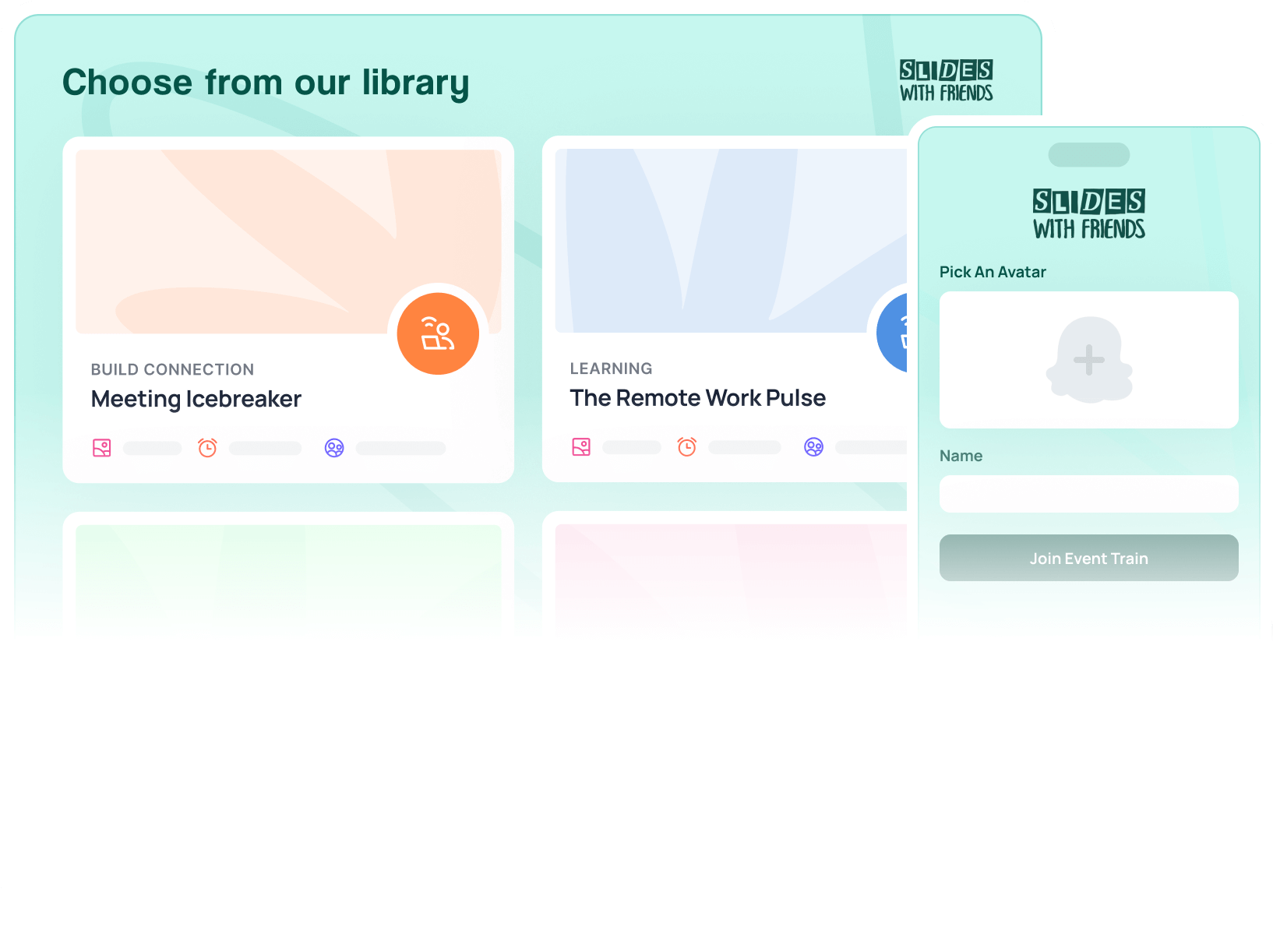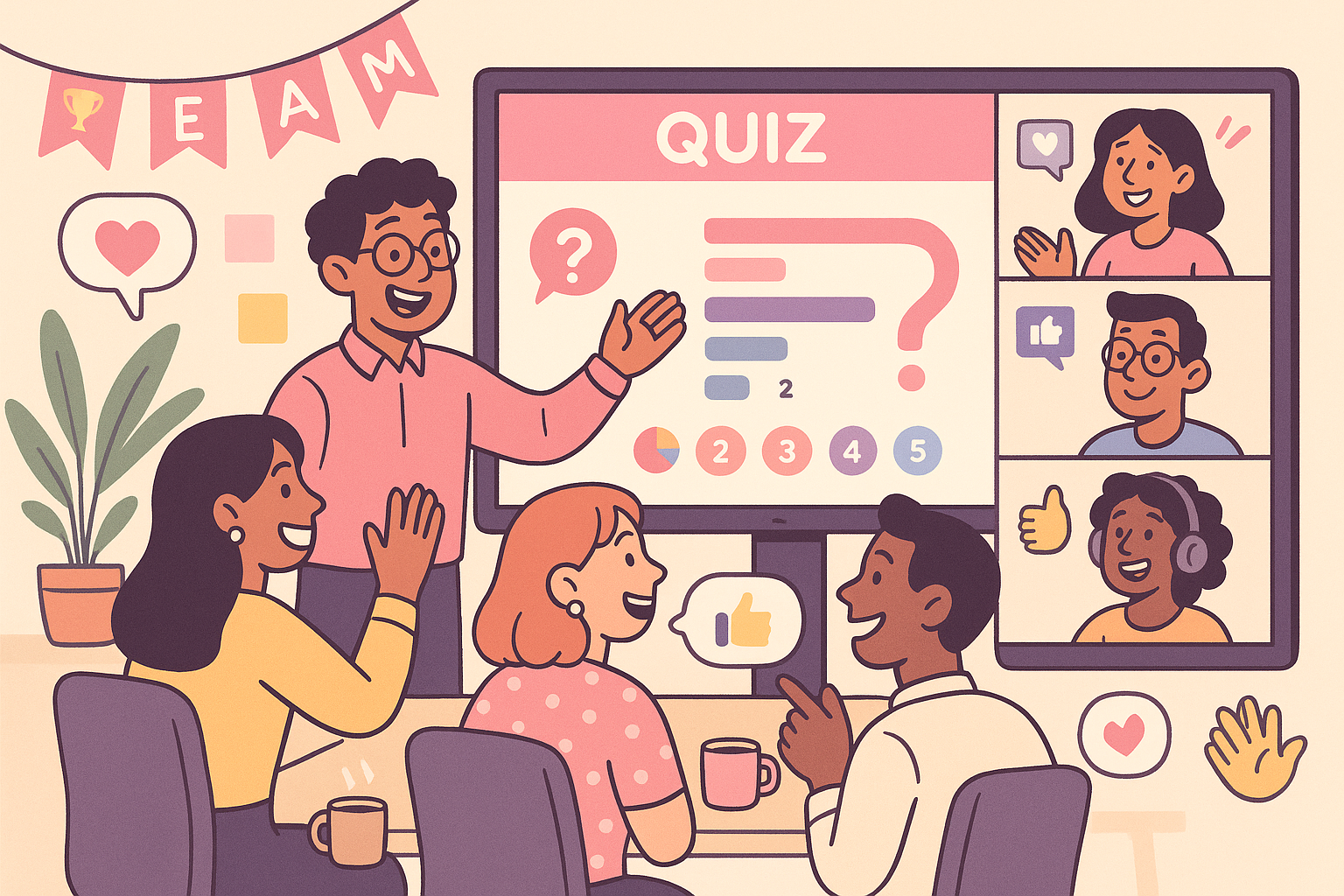9 Student Engagement Activities that Really Work
Student engagement, when done right, can transform the classroom. Here are a few concrete activities you can use to increase engagement in your classroom.

Getting your students engaged and actively participating in the classroom is difficult.
It's the goal of all teachers, but active engagement seems like a hill that keeps getting taller and steeper. Add on the very different ways each student feels comfortable engaging and the general lack of focus (studies claim the average student's attention span is between 10 to 15 minutes), and you have a real problem.
So, how can you make sure that your students are staying engaged throughout the entire class period?
Luckily, there are many different student activities you can use in your classroom to keep all of your students engaged! Below we'll look at 9 activities designed to increase student engagement that really work!
Quick Response Signs

One way to keep your classroom paying attention and consistently engaged is to have the group use response signs.
Near the beginning of the year, work with your students to create a range of common responses on the front and back of notecards. Some common ones are:
- Yes/No
- Agree/Disagree
- A/B/C/D
- Thumbs Up/Thumbs Down
- Happy/Sad/Excited/Scared
Once these signs are made, you can have your students keep them on their desks. During your lessons, regularly take breaks to ask your class their thoughts on specific aspects of what they’re learning.
For example, would you give a mouse a cookie? Or do you think Juliet should trust the friar? How do you feel about learning exponents today?
Response signs keep students engaged and actively listening, plus they give teachers the opportunity to gauge the feelings of their students in real time, without causing too much of a deviation from classwork.
Polls
Polling in a classroom has consistently proven itself to be a versatile, easy tool for engaging students. By using polls throughout a lesson, you won’t only keep your students actively involved, you’ll also give them constant opportunities to voice their opinions in real-time.
This feedback won’t just help with engagement – it will also let you know what parts of the lesson are and aren’t working. Are they bored? Do they need more help with the material?
Here are some ideas for classroom polls:
- What did you think of the reading?
- Do you have any questions about the material?
- On a scale from 1-5, how confident are you feeling about this topic?
- Who thinks they can explain it to the class?
- What are your thoughts on the project?
- Who’s excited to start working on it?

You can use a paper and pencil poll, or turn to technology by using the Slides with Friends Poll the Audience slide deck. The easy-to-customize deck comes with polls slides and a word cloud to prompt responses from your students. You can quickly adjust the questions to apply directly to your existing lesson.
KWL Charts
A KWL chart is a simple, but effective way to engage students at the beginning, middle, and end of a lesson or unit. Standing for Know, Want to Know, and Learned, these charts encourage active listening throughout a lesson.
The process is easy:
At the beginning of a lesson or unit, ask your students what they already Know about the topic. Write these responses in the first column of the chart.
During the lesson or unit, provide information and activities that help your students to Learn more about the topic.
Finally, at the end of the lesson or unit, ask your students what they Want to Know more about. These questions can be used as a starting point for future lessons or projects.

KWL charts are an excellent way to ensure that your students are engaged throughout the entire learning process. They also provide you with valuable information about what parts of the lesson were most successful.
Four Corners
This activity is a great way to review material with your students while also giving them some level of control over their learning.
To start, label each corner of the room with a different answer to a question. For example, in a math lesson on fractions, you could label the corners 1/2, 2/3, 3/4, and 4/5.
Then, have your students stand up and choose the corner that they think has the answer to the question that you’re about to ask.
After everyone has chosen a corner, ask your question and have the students in each group explain their reasoning. Finally, provide the correct answer and ask your students to reflect on what they’ve learned.
This activity is a great way to review material while also giving your students some level of control over their learning. It’s also a perfect opportunity for students to explain their reasoning and for you to gauge their understanding of the material.
I Spy
This classic game is a great way to review vocabulary words or key concepts with your students.
To start, choose an object in the room and describe it to your students using the vocabulary word or concept that you’re trying to review.
For example, if you’re reviewing the concept of “density,” you might say, “I spy with my little eye something very dense.”
Then, have your students take turns guessing what the object is. The first student to correctly guess the object gets to choose the next object.

For a twist on the game, use the Scavenger Hunt Challenge and let students use their phones to take pictures of their answers. Or even search for pictures they already have on their phones.
This game is a great way to review material while also getting your students up and moving around the room. It’s also a perfect opportunity for you to gauge their understanding.
Pass the Paper
Pass the Paper is a great way to get your students thinking about a topic or concept differently.
To start, have your students sit in a circle and pass a piece of paper to the person next to them. The first person starts by writing a sentence about the topic or concept that you’re discussing. For example, if you’re discussing the Civil War, the first person might write, “The Civil War was fought between the Confederate States and the Union States.”
Then, the next person reads the sentence and adds another sentence to it. This continues until the paper makes it all the way around the circle and everyone has had a chance to contribute.
Finally, have your students share their sentences with the rest of the class.
While this activity can often end in laughter, it's a great opportunity to get students thinking about learned concepts in the moment, as they never know where the story will go. To make this easier in large classrooms, break the students into groups of 4-5 and have them keep passing the paper until the time is called or they run out of things to add.
Online Quizzes
Quizzes are a standard part of every class, but when created with a mixture of fun and competition (as well as a little learning), quizzes can really get students engaged. And competitive.
There are many ways to make an online quiz more fun and engaging for students.
For example, the Live Quizzes available on Slides with Friends let you create a leaderboard to track students’ progress, add visuals or audio files to the answers, or even use gamification techniques such as awarding points or badges for correct answers.

Slides with Friends has dozens of quiz options, but a favorite for student engagement is the There, Their, or They're quiz. The lesson is combined with a multiple choice section on the different parts of grammar. Have students compete individually or in teams to really boost engagement.
What’s My Rule?
What's My Rule is an easy game to use at any learning level and for different subject matters.
To start, choose a concept that you’re reviewing with your students and write down a list of numbers that illustrate the concept. For example, if you’re reviewing the concept of “even and odd numbers,” you might write down the numbers 1, 2, 3, 4, 5, 6, 7, 8, 9, 10.
Then, have your students try to figure out the rule that you used to generate the list of numbers. Once they think they know the rule, have them write it down.
Finally, have your students share their rules with the rest of the class.
For younger children, you can also use illustrations, like the example from Scholastic below.

For older students, you can use a Trivia Game Template to add your concepts and answers. Students can quickly and easily submit their guesses by using their phones.
Two Truths and a Lie
This classic game is a great way to get to know your students and help them review concepts that you’ve covered in class.
To start, have your students write down two truths and one lie about themselves. Then, have your students share their statements with the rest of the class and let them vote on which one they think is the lie. The student who fools the most people wins the game.

This game can also be used to review material that you’ve covered in class. Using the Slides with Friends Two Truths and a Lie deck, you can create a list of two truths and one lie for different lessons.
For example, since we've already discussed Romeo and Juliet in this article:
- Romeo and Juliet were just teenagers
- Juliet isn't the only girl Romeo is in love with in the play
- Juliet actually wanted to marry Paris
Using a game to engage your students and go over lessons is always a win in our book!
The Importance of Student Engagement

We know engaged students are more likely to remember what they’ve learned. When students are actively involved in the learning process, they’re more likely to pay attention and retain information.
And student engagement can help foster a love of learning. When students are interested and invested in what they’re learning, they’re more likely to enjoy the process and want to continue learning.
The key is finding the right activities to actually create authentic engagement with your class. Hopefully, by using the student engagement activities above, you'll get your students excited about learning and help them achieve success in the classroom.


Ready to ditch the dull, and run team sessions that people will actually enjoy?
Get started with a Slides with Friends deck in no time. We’ve got all the interactive features you need in one easy-to-learn, easy-to-set-up tool.















